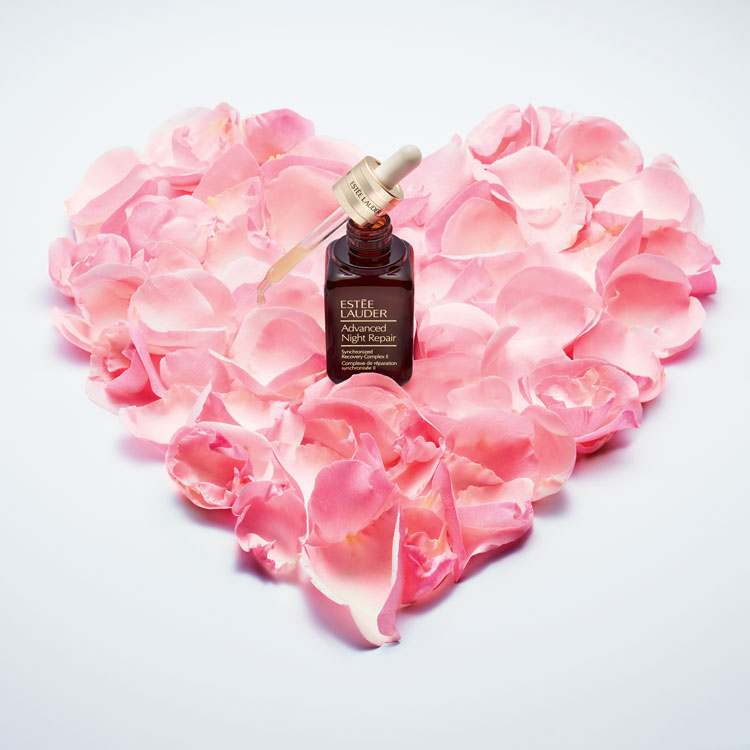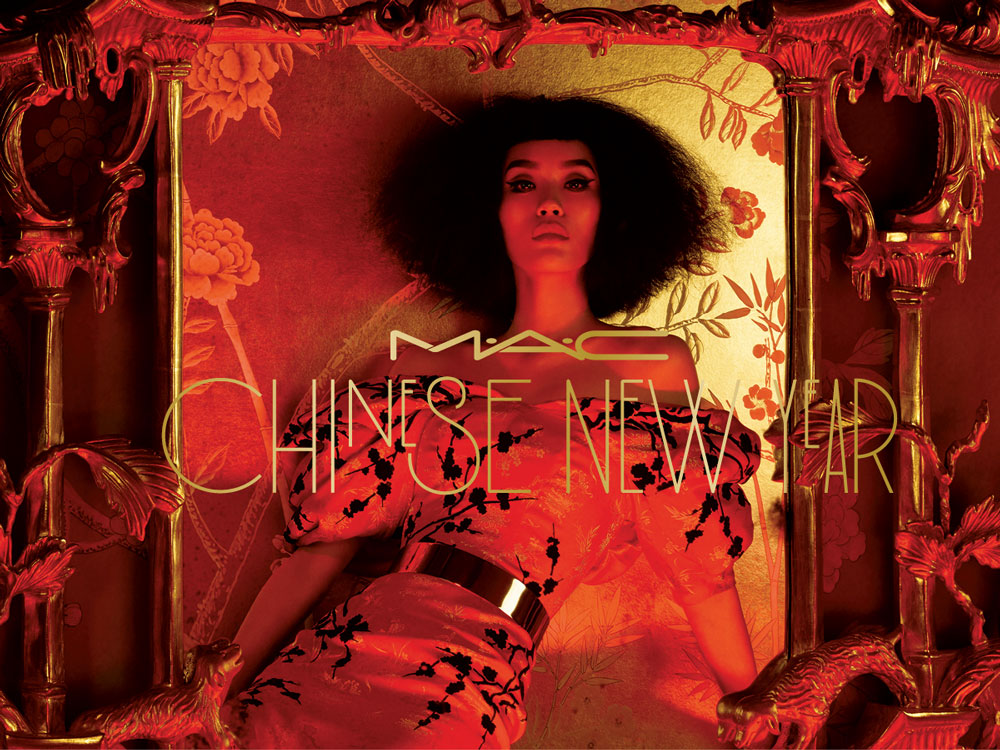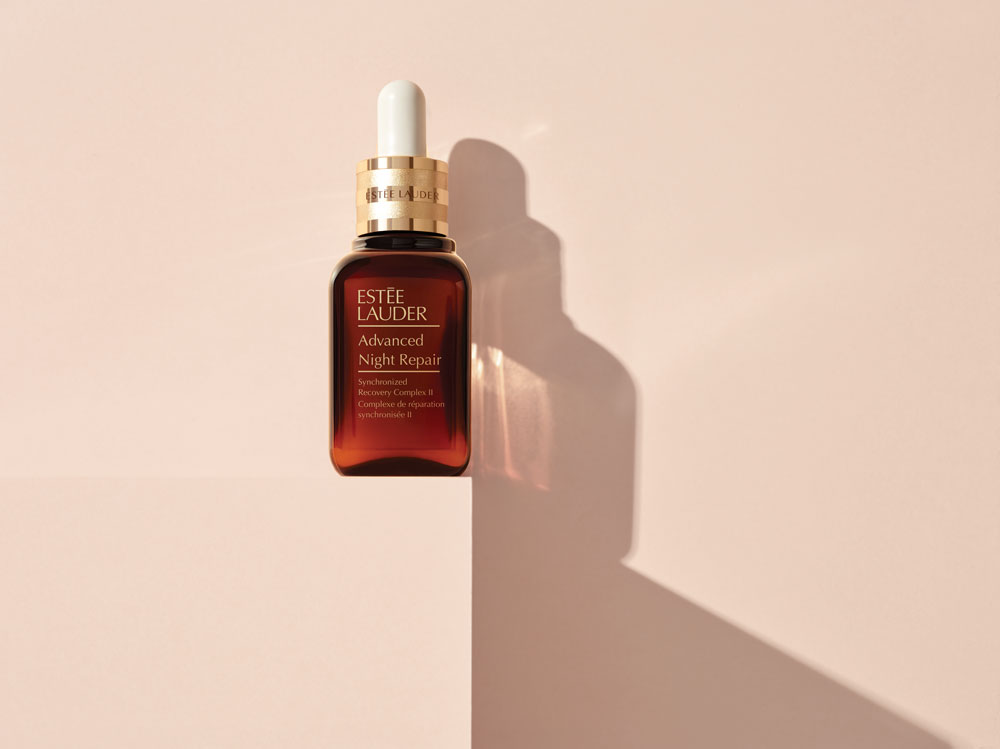How Estée Lauder evolves in a modern market
Jun 01, 2017

The executive chairman of Estée Lauder Companies Inc is William Lauder, grandson of the late Estée Lauder, the founder of its brand. Lauder is also co-chairman of the Breast Cancer Research Foundation and a guest lecturer at the Wharton School of the University of Pennsylvania. Here, he tells #legend about how the world of cosmetics is changing.
How is Estée Lauder addressing the needs of male consumers?
The men’s business in our industry has been an emerging opportunity for 60 years. Men are different shoppers now, and we have to find a different approach. We are more confident and expert in understanding how women shop, where they shop, why they shop, what they like to shop for. Men’s shopping patterns are very different. One of the things we do know is that men are great followers. The best way to get a man to like your product is to get that product into the hands of his significant other in some way, shape or form.
Male cosmetics awareness is higher in Asia than America or Europe, would you say?
There’s a somewhat different dynamic in Asia. A larger population of urban men are far more conscious of their style and how they care for themselves than their contemporaries in the Anglo-European world. So we take a different approach. We’ve seen, for example, that hair is a far greater obsession in Asia than Europe or America, for men in particular. So we pay attention to that and we’ve got brands that address that, such as M·A·C. Clinique Skin Supplies for men and Lab Series are also two leading men’s treatment brands.

Korean skincare is Hong Kong’s current obsession. How closely do you watch South Korea?
If you go back about 30 years, Japanese brands were very much in fashion. Look at the arc of development in the region and you had Western brands enter Japan, and the Western brands did well, because the Japanese consumer didn’t conceive of the domestic brands as being as good. Then the domestic brands started to improve. Now, in Korea, the same thing applies. The local brands are rising to the competition and the consumers rise with them. You see the same kind of market development in China, except that it’s a much faster cycle.
How much is technology the agony or ecstasy of today’s market?
We break technology down into two different words. You have technology around form and feel – in other words, serum, lotion, creams – and the Asian consumer in general is very concerned about the feel of the product. That happens with environment and weather. Hong Kong in June and July is sticky, so a heavy cream that works in North America will not work here. At the same time, Beijing in winter is cold and drying. We look at technology not only from the standpoint of the environment but also the form and feel to the consumer. We are constantly looking for what’s new, what’s better and how we deliver to that consumer. If you’re not trying things, you’re not really succeeding. Seventy per cent of everything we sell was launched more than three years ago, even though, for most of us on the brand side, 80 per cent of our brainpower is spent on what we’re launching between now and the next 24 months. While we’re looking forward, the consumer inside the store, seven out of 10 times, is buying what she knows. But she won’t come unless we stimulate her interest with something that’s new.
What is Estée Lauder’s most iconic product?
In this region, Estee Lauder’s Advanced Night Repair cream: a singular product and the biggest single product franchise in the world.

Explain the M·A·C phenomenon and how it became such an influential product.
M·A·C was one of the first make-up artistry brands that the consumer had access to. The founders did things 30 years ago that now we take for granted. Back then, they were eye-opening and quite controversial. M·A·C had a store in Greenwich Village, New York, on Christopher Street. And there was always a line outside and the doorperson to keep control of consumers was a drag queen called Lady Bunny, with a big wig and everything else. It was outrageous, but that outrageousness caused a lot of attention. They really were the first to try a sort of different, non-traditional approach. The brand didn’t advertise in the sense of formal advertising but had a very strong position around the M·A·C AIDS Fund, which sold to consumers and gave 100 per cent of profits to the fund. If you go back to the 1990s, that was clever. It was about the consumer and make-up artists and their universes. The first spokesperson the brand hired for advertising was RuPaul. You know, here’s a six-foot-four African-American drag queen with no holds barred, a personality off the charts. And if you just stop and consider it now, that was, sort of, the M·A·C thing. Hong Kong was the first Asian market in which we launched M·A·C – in 1995 in Times Square. The brand took off because of its unique approach and it maintained that status, which is hard for a brand that is so ubiquitous. When we first acquired it, everybody asked what we were doing. What’s really nice is we’ve hit US$440 million raised for the M·A·C AIDS Fund. It’s one of the largest, if not the largest, AIDS fund, in terms of giving money away.
Cancer is a big concern in the philanthropic world of Estée Lauder.
Yes, there’s the BCAF, the Breast Cancer Awareness Fund. It was founded by my mother, and we’ve been doing it for 25 years. It’s something we do first and foremost because 95 per cent of our consumers are women. Statistics reveal that one in eight women will be diagnosed with breast cancer during their lifetime. That’s millions of women and the disease touches millions more. Seventy-five per cent will live. Twenty-five years ago, if you were diagnosed, you had a 75 per cent chance of survival. Now, that number is over 93 per cent.
What do students ask about when you lecture them?
The same issues as younger consumers are looking at: sustainability, animal testing, the efficaciousness of products. In many cases, consumers are asking that we be as environmentally friendly as possible, or as good citizens as we possibly can be. But the consumer in general is not necessarily willing to compromise on quality. At the end of the day, the consumer comes back to a product that works.

What has happened to leadership in a world where Millennials and Generation Z have a more independent or less hierarchical view of working for their employers?
A fascinating question. Today’s Millennial employee is a very different person, with different needs and desires. If you look at the younger Millennials, they have different standards from their late cohorts in their late 20s, who now have kids, and may stay home, and may have a mortgage and some status and income. Psychology and philosophy have changed. For example, take breast cancer. Many Millennial consumers don’t want to just work for a company. They want to work for a company that’s also a good citizen. They want to be proud of the company they work for, not just because of its business success. A lot of our time and effort is devoted to finding ways to understand that psychology. So we do lots of things that resonate with that population. It’s called Look Good Feel Better, created by the American Cancer Society. The psychological frame of mind is very important. We are oversubscribed for volunteers, five to one. That tells you a great deal about what’s motivating them. And they use technology in the social media space. They are not shy about sharing dissatisfaction with their leaders. Another difference: no-one blinks when a student says, “I’m going to start my own company”. These days that student may be one of 10 in a class of 50, as opposed to previous times. The level of education has risen, competition for spots is growing and these students are becoming more and more aware of that. They try to build up their CVs. There is competitive motivation. But what makes a person a great boss hasn’t really changed: how to motivate, how to coach and train. The era of the heroic chief executive who pulls the entire organisation is not as important as the chief executive who is the spiritual leader of the organisation.
What trends can we expect in the next 10 years in the cosmetics business?
In 10 years’ time, what we know today will be meaningfully different. That’s both in the form of products, technological evolution, forms of retail. Think of the influence of e-commerce already and buying from your smartphone. The Amazons, Alibabas, TMalls, WeChats become more ubiquitous and delivery of your product becomes more routine every day. The stores will become more like showrooms, and they’ll say, “All right, this is your size. I have it in these two colours now but I’ve got six other colours in the warehouse and I’ll have it delivered to you later today.” So think of the retailer as the octopus which has lots of arms going in many different directions. Instead of them holding all that inventory in each arm, they’re holding it more centrally. There will continue to be an evolution of that instant satisfaction: buy now, get later today. And the consumer will think that’s a natural part of their shopping experience. The consumer has changed faster than the retailer imagined. Certain retailers have become a little too comfortable in their universe and become too complacent. The retailers struggling now are the ones who thought the consumer was theirs for keeps.
This article originally appeared in the June 2017 issue of #legend magazine.




























